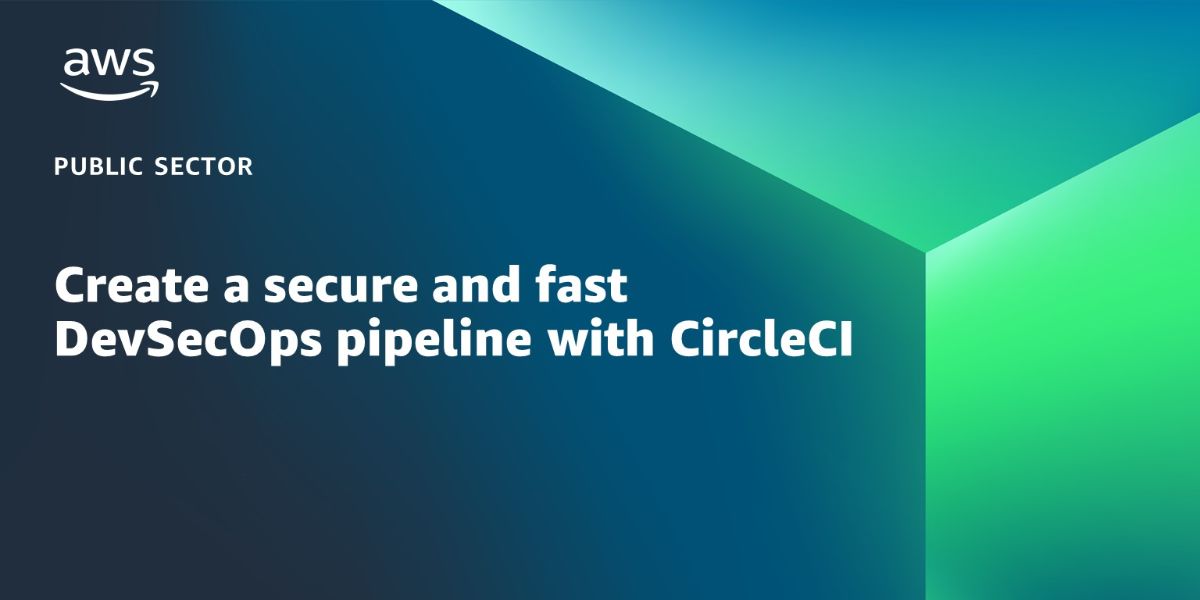AWS Public Sector Blog
Accelerating digital transformation in Latin America’s public sector
In the past two years, many of us in Latin America have seen civil society, governments, academia, and the private sector unite to accelerate our ability to respond to the economic and human challenges of COVID-19. Public sector organizations innovated with the cloud to address a variety of dynamic needs: expanding financial inclusion, supporting wider access to education and healthcare, providing transparency in electoral processes, and more. In this blog post, we spotlight four organizations in Latin America that are using AWS to transform the public sector.
How Natural Resources Canada migrated petabytes of geospatial data to the cloud
Since 1971, Canada Centre for Mapping and Earth Observation (CCMEO) at Natural Resources Canada (NRCan) has accumulated an Earth observation (EO) data archive in excess of two petabytes (PB). NRCan wanted to modernize its geospatial offerings at a faster pace, so they turned to the AWS Snow Family on AWS to migrate their large volume of data.
Create a common operating picture for search and rescue at the edge with AWS
In a recent disaster response field testing exercise (FTX), the AWS Global Social Impact Solutions (GSI) team developed a prototype cloud architecture and tested it in a search and rescue (SAR) scenario simulating a missing responder crisis. This blog post walks through the SAR simulation and result, and provides an overview of the AWS services and technical architecture components the GSI team used to provide a hybrid edge/cloud COP solution that helped locate the missing team member in the simulated scenario within 20 minutes.
5 best practices to create a cloud cost allocation strategy for government customers
Before building in the cloud, government agencies need to determine how they want to allocate cloud costs in accordance with their jurisdictions’ transparency requirements and legislative oversight. A cloud cost allocation strategy–deciding how to distribute cloud costs to the users or beneficiaries of those incurred costs in a pre-defined way—is a foundational part of any agency’s cloud journey. Even though every organization’s cost allocation model may be unique, there are some common patterns, approaches, and best practices that you can leverage to design an effective strategy to meet your organization’s needs.
Working together to increase the pipeline of women in tech in Latin America
Latin America is set to achieve gender parity in 69 years, according to the latest World Economic Forum (WEF)’s Global Gender Gap Report. The same report shows that women experience a bigger gender gap in fast-growing fields like cloud computing, where women represent 25% or below of the workforce. At AWS, we believe that to address this challenge, we must give individuals around the world, from all backgrounds, the opportunity to develop cloud skills and begin promising careers in technology. Learn more about the AWS Habilidades Tech program and our collaboration on the Organization of American States (OAS) Cyberwomen Challenge.
Create a secure and fast DevSecOps pipeline with CircleCI
In this blog post, we explain how government agencies can accelerate their development workflows while maintaining strict application and operational security using the principles of continuous integration and continuous delivery (CI/CD) and DevSecOps. We provide a solution to walk you through how you can quickly set up your own DevSecOps pipeline that incorporates AWS and third-party security tools to give you a fast, flexible, and secure software delivery process.
Using AWS to help students find an affordable college
Moneythink is an education technology nonprofit providing big solutions to help with college affordability, accessibility, and student loan debt. We built DecidED, a web app that runs on AWS and provides students across the country with guidance and support to understand financial aid options and budgeting for college costs. Our work gives students the cost transparency necessary to make clear decisions about their futures, and is especially beneficial for historically marginalized students, as they often lack resources due to institutionally imposed barriers.
Climate Next: How sustainability champions around the world use cloud-powered tech to fight climate change
The theme of this year’s Earth Day is “Invest in our planet.” In celebration of this year’s theme, we want to highlight the important sustainability work featured in the AWS documentary series, Climate Next, which explores the ways organizations and communities in four distinct regions are investing in cloud-powered solutions to fight climate change.
Transforming animal conservation with open data and more on AWS
Open data is helping researchers and nonprofit conservationists protect vulnerable species around the world. In celebration of Earth Day, we are shining a spotlight on two sustainability stories from the AWS Fix This podcast from AWS, a podcast exploring the ways people use technology to address some of the world’s most pressing challenges.
Accelerating new materials design with open data on AWS
The Materials Project at Lawrence Berkeley National Laboratory (LBNL) is an open database that offers information about material properties, or, all the elements and substances that make up the products we use every day. By harnessing the power of the Department of Energy’s (DOE) high-performance scientific computing and state of the art electronic structure methods, the Materials Project provides open web-based access on AWS to computational datasets on both known and potential materials, along with powerful analysis tools to help discover, inspire, and design new materials.









